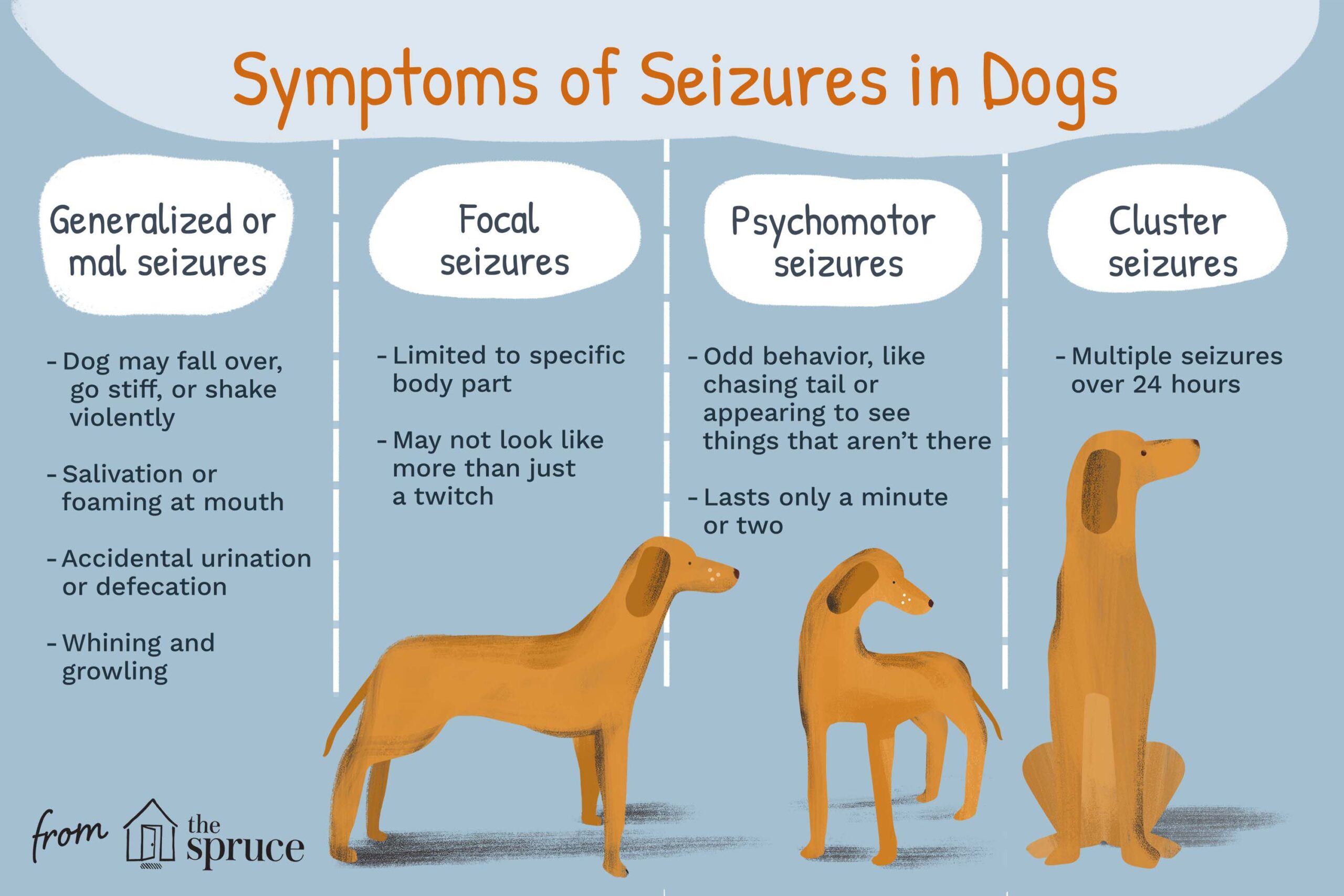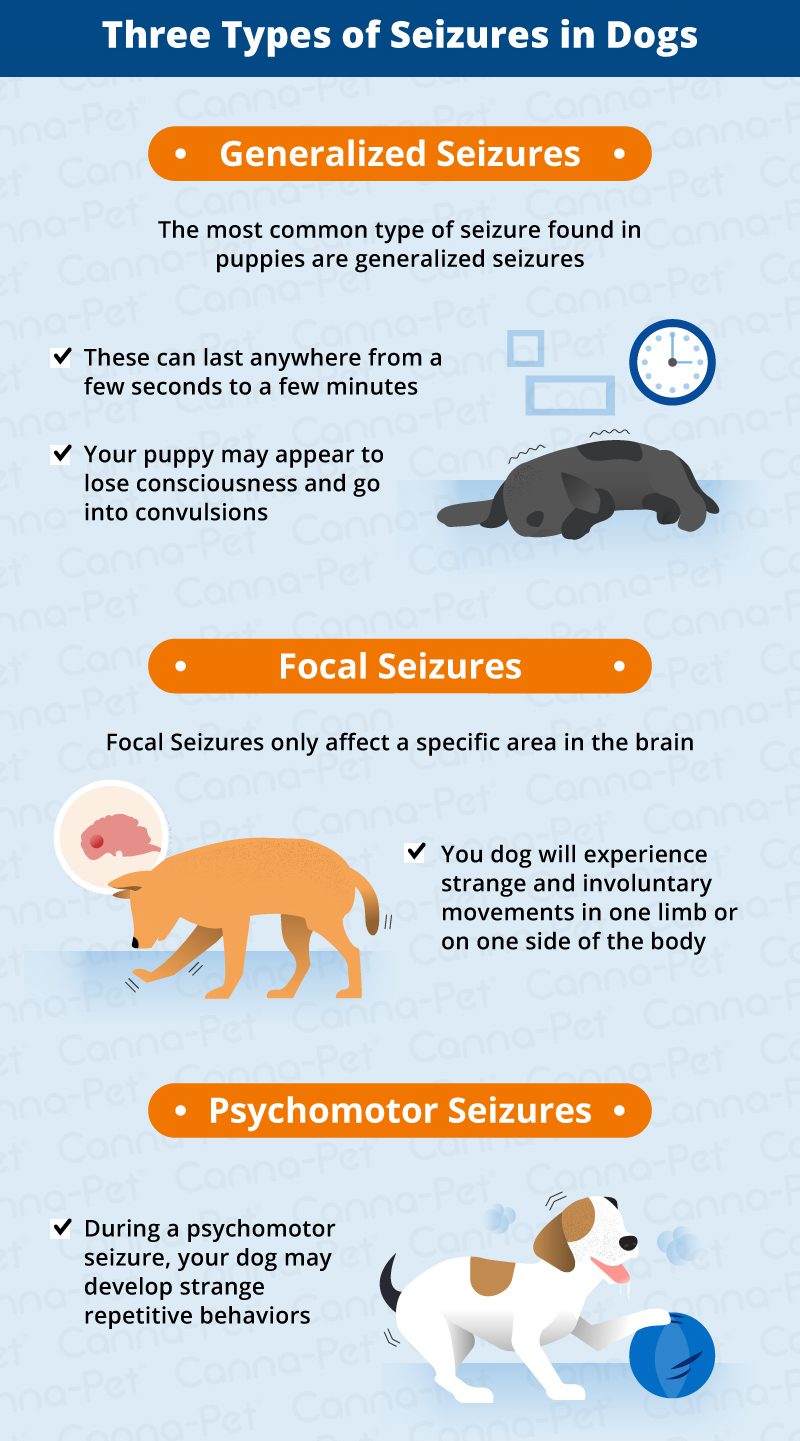Key Takeaways:
- Seizure medications for dogs can help control and reduce the frequency and severity of seizures.
- There are different types of seizure medications available for dogs, including phenobarbital, potassium bromide, and levetiracetam.
- It is important to work closely with a veterinarian to determine the most appropriate seizure medication and dosage for your dog.
- Seizure medications may have potential side effects, such as increased thirst, appetite changes, or liver problems. Regular monitoring by a vet is crucial to ensure the medication's effectiveness and detect any adverse reactions.
- Never abruptly stop giving seizure medications to your dog without consulting a veterinarian, as this can lead to rebound seizures or other complications.
Attention all dog owners! Are you concerned about your furry friend's health and well-being? If so, then understanding the world of seizure medications for dogs is essential. Imagine being able to help your beloved pet manage their seizures and improve their quality of life. With the right knowledge, you can become their ultimate advocate in finding the most effective treatment. In fact, did you know that approximately 5% of dogs suffer from seizures at some point in their lives? That's a staggering number! But fear not, because in this article we will explore the fascinating realm of seizure medications for dogs and discover how they can make a world of difference for our four-legged companions. So let's dive in and unlock the secrets to helping our furry friends live their best lives possible!
Understanding Seizure Medications for Dogs
Seizure medications are drugs that are prescribed to dogs who experience seizures. These medications help control and manage the frequency and intensity of seizures in dogs. Seizures can be a result of various conditions such as epilepsy, brain tumors, or metabolic disorders.
When a dog has a seizure, it experiences abnormal electrical activity in the brain, which leads to uncontrollable shaking or convulsions. Seizure medications work by stabilizing this electrical activity and reducing the chances of seizures occurring.
How Seizure Medications Help Control Seizures in Dogs
Seizure medications work by targeting the brain's chemistry and electrical signals. They help regulate the levels of neurotransmitters, which are chemicals responsible for transmitting messages between nerve cells in the brain. By doing so, these medications reduce the likelihood of abnormal electrical activity that triggers seizures.
Additionally, seizure medications can also reduce inflammation in the brain and increase the threshold at which seizures occur. This means that even if a trigger is present, such as stress or excitement, the medication helps prevent a seizure from happening or lessens its severity.
Common Types of Seizure Medications for Dogs
There are several types of seizure medications available for dogs, and your veterinarian will determine which one is most suitable based on your dog's specific condition and needs. Some common types include:
- Phenobarbital: This is one of the most commonly prescribed seizure medications for dogs. It helps control seizures by increasing the effectiveness of inhibitory neurotransmitters in the brain.
- Potassium Bromide: This medication is often used alongside phenobarbital or as an alternative. It helps reduce the excitability of brain cells, making seizures less likely to occur.
- Levetiracetam: This medication is considered a newer option and works by inhibiting the release of certain neurotransmitters involved in seizure activity.
Potential Side Effects and Risks of Seizure Medications for Dogs
While seizure medications can be highly effective in controlling seizures, they may also have some side effects. These can include drowsiness, increased thirst and urination, increased appetite, or changes in behavior. It's essential to monitor your dog closely when starting any new medication and report any unusual symptoms to your veterinarian.
In rare cases, certain seizure medications may cause more severe side effects such as liver damage or blood abnormalities. Regular blood tests may be necessary to monitor your dog's response to the medication and detect any potential risks early on.
Importance of Following a Schedule for Giving Seizure Medications to Dogs
Consistency is crucial when it comes to giving seizure medications to dogs. These medications need to be administered on a strict schedule as prescribed by your veterinarian. Missing doses or giving them at irregular intervals can reduce their effectiveness and increase the likelihood of seizures occurring.
To help you stay organized, set reminders or alarms for medication times and keep a log of when each dose was given. If you have any concerns about administering the medication correctly or sticking to the schedule, don't hesitate to reach out to your veterinarian for guidance.
Managing Seizures in Dogs: Can Medications Cure or Just Help?
Seizure medications are not a cure for the underlying causes of seizures in dogs but rather help manage and control them. While these medications can significantly reduce the frequency and severity of seizures, they may not eliminate them entirely.
If your dog is on seizure medication, it's important to remember that the goal is to improve their quality of life by minimizing the impact of seizures. Regular monitoring and adjustments to the medication dosage may be necessary to ensure the best possible outcome for your furry friend.
How Seizure Medications Help Control Seizures in Dogs
Seizure medications play a crucial role in managing and controlling seizures in dogs. These medications work by stabilizing the electrical activity in the brain, which helps reduce the frequency and severity of seizures. They can also help prevent clusters of seizures or status epilepticus, a life-threatening condition characterized by prolonged seizures.
One common type of seizure medication for dogs is phenobarbital. It works by increasing the levels of a neurotransmitter called gamma-aminobutyric acid (GABA) in the brain, which helps calm down overactive neurons. Another commonly used medication is potassium bromide, which also acts on GABA receptors to control seizures.
Understanding How Seizure Medications Work
To understand how seizure medications work, it's important to know that seizures occur due to abnormal electrical activity in the brain. This can be caused by various factors such as genetic predisposition, brain injury, or metabolic disorders. Seizure medications target this abnormal activity and aim to restore normal brain function.
The Role of GABA in Controlling Seizures
Gamma-aminobutyric acid (GABA) is an inhibitory neurotransmitter that helps regulate neuronal excitability. In individuals with epilepsy, there is often an imbalance between excitatory and inhibitory signals in the brain. Seizure medications like phenobarbital and potassium bromide enhance GABA's inhibitory effects, reducing excessive neuronal firing and preventing seizures.
By understanding how these medications work at a cellular level, veterinarians can tailor treatment plans to individual dogs based on their specific needs and response to different medications.
Common Types of Seizure Medications for Dogs
There are several common types of seizure medications prescribed for dogs with epilepsy or other seizure disorders. These medications are typically prescribed based on the dog's specific needs and response to treatment. Some of the commonly used seizure medications for dogs include:
1. Phenobarbital: This medication is one of the most commonly prescribed drugs for managing seizures in dogs. It helps control seizures by increasing the levels of GABA in the brain.
2. Potassium Bromide: Another frequently used medication, potassium bromide also acts on GABA receptors to reduce seizure activity. It is often used in combination with other medications or as an alternative when phenobarbital is not well-tolerated.
3. Levetiracetam: This medication works by inhibiting the release of certain neurotransmitters involved in seizure activity. It can be used as a standalone treatment or in combination with other medications.
4. Zonisamide: Zonisamide is an anticonvulsant that helps stabilize electrical activity in the brain. It can be effective for both generalized and focal seizures.
It's important to note that each dog may respond differently to these medications, and finding the right dosage and combination may require some trial and error under veterinary guidance.
Potential Side Effects and Risks of Seizure Medications for Dogs
While seizure medications can be highly effective in controlling seizures, they do come with potential side effects and risks that need to be considered. Some common side effects of seizure medications in dogs include:
- Sedation or lethargy: Certain medications may cause drowsiness or reduced energy levels in dogs.
- Increased thirst and urination: Some seizure medications can lead to increased water intake and more frequent urination.
- Increased appetite or weight gain: Dogs may experience an increase in appetite or weight gain while on certain medications.
- Liver damage: Long-term use of certain seizure medications like phenobarbital can potentially affect liver function, requiring regular monitoring through blood tests.
- Allergic reactions: In rare cases, dogs may develop allergic reactions to certain seizure medications, which can manifest as skin rashes, difficulty breathing, or swelling.
It's important for dog owners to closely monitor their pets for any changes or side effects while on seizure medications and report them to their veterinarian. Regular check-ups and blood tests may be necessary to ensure the medication is being well-tolerated and effectively controlling seizures.
Importance of Following a Schedule for Giving Seizure Medications to Dogs
Consistency is key when it comes to managing seizures in dogs through medication. It's crucial for dog owners to follow a strict schedule for giving seizure medications as prescribed by their veterinarian. Here's why:
1. Maintaining therapeutic levels: Seizure medications need to be present in the dog's system at consistent levels to effectively control seizures. Skipping doses or giving them irregularly can lead to fluctuations in drug levels, potentially triggering breakthrough seizures.
2. Avoiding withdrawal symptoms: Abruptly stopping seizure medications can cause withdrawal symptoms or rebound seizures. Gradual tapering under veterinary guidance is necessary if discontinuing the medication.
3. Monitoring effectiveness: By following a schedule, dog owners can better assess the effectiveness of the medication over time and provide accurate feedback to their veterinarian. This allows adjustments in dosage or treatment plan if needed.
4. Building trust and routine: Dogs thrive on routine and predictability. Establishing a consistent schedule for giving medications helps create a sense of stability and reduces stress associated with administering the drugs.
Remember, always consult with a veterinarian before making any changes to your dog's medication schedule or treatment plan.
Managing Seizures in Dogs: Can Medications Cure or Just Help?
While seizure medications are essential for managing and controlling seizures in dogs, it's important to understand that they do not cure epilepsy or other underlying causes of seizures. Instead, these medications help reduce the frequency and severity of seizures, improving the dog's quality of life.
The goal of seizure management is to achieve a balance where the dog experiences minimal or no seizures while maintaining an acceptable quality of life. This often involves finding the right combination and dosage of medications that effectively control seizures with minimal side effects.
It's important to work closely with a veterinarian to monitor the dog's response to medication and make any necessary adjustments. Regular check-ups, blood tests, and open communication with the veterinary team are crucial for successful seizure management in dogs.
Remember, each dog is unique, and what works for one may not work for another. With proper medical care and adherence to treatment plans, many dogs with seizures can lead happy and fulfilling lives.
In conclusion, seizure medications can help dogs with seizures by reducing the frequency and severity of their episodes. It is important for dog owners to work closely with their veterinarian to find the right medication and dosage for their furry friend's specific needs.
What is the most common seizure medication for dogs?
Phenobarbital has been the go-to drug for many years. The advantage of Phenobarbital is that it is quite effective, successfully managing seizures in approximately 70% of dogs with epilepsy. It is also affordable and easy to find.
What is good seizure control in dogs?
Phenobarbital, levetiracetam (Keppra), zonisamide, and potassium bromide are all effective initial options for treating seizures in dogs. There are multiple anticonvulsant medications that can be used for dogs.
What if my dog is on phenobarbital and still having seizures?
If your dog experiences seizures even after being on phenobarbital for 2 weeks, it is important to contact your veterinarian right away. This may indicate that the dosage is incorrect or that your dog needs a different medication.
Is dog seizure medication worth it?
If your pet experiences an average of two or more seizures per month, has one seizure that lasts for more than five minutes, or has seizures that occur in a "cluster" (two or more seizures within a 24 hour period), we recommend beginning treatment with an antiepileptic drug.
Does gabapentin help dogs with seizures?
Gabapentin is a medication commonly used for the treatment of partial seizures, nerve pain, and restless leg syndrome in humans. However, in the case of dogs, gabapentin is used to address seizures, anxiety, and nerve pain. Its mechanism of action involves the blocking of calcium channels in the brain, which helps to suppress overly stimulated neurons responsible for anxiety, nerve pain, and seizures.
Can something trigger a seizure in a dog?
Seizures in dogs can be caused by factors outside of the brain, but they can still impact the brain and result in seizure activity. The main extracranial causes include low blood sugar, low calcium levels, high body temperature, underactive thyroid, liver disease, or the ingestion of toxic substances like caffeine or chocolate.















